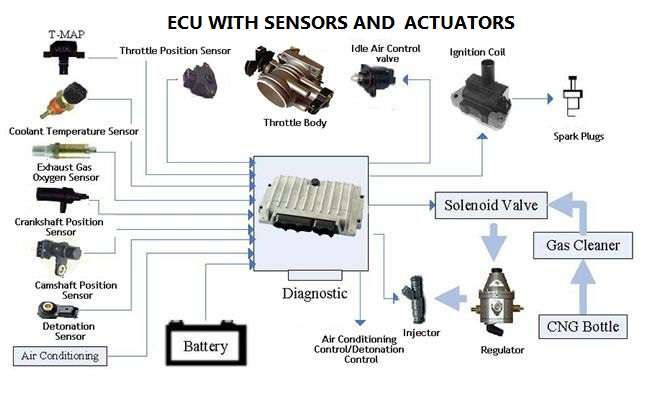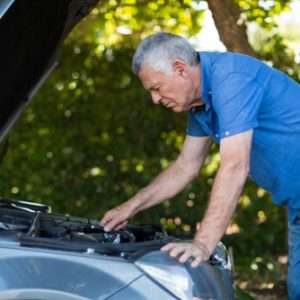What is an Actuator?
An actuator is a component in a car engine that is responsible for controlling or moving a mechanism or system. It receives a control signal from the engine control unit (ECU) and converts it into a mechanical action. This action then affects the engine’s performance. It’s a crucial part of modern engine management.
Think of it as the muscle that carries out the brain’s (ECU’s) instructions. Without actuators, the ECU’s calculations would be useless.
Types of Actuators in Car Engines
There are several types of actuators used in car engines, each serving a specific purpose. Understanding these different types is key to understanding engine operation.
- Throttle Actuator: Controls the amount of air entering the engine.
- Fuel Injector Actuator: Regulates the amount of fuel injected into the cylinders.
- Wastegate Actuator: Controls the boost pressure in turbocharged engines.
- Variable Valve Timing (VVT) Actuator: Adjusts the timing of the intake and exhaust valves.
Each of these actuators plays a vital role in optimizing engine performance, fuel efficiency, and emissions.
How Actuators Work
Actuators typically work by converting electrical signals into mechanical motion. The ECU sends a signal, and the actuator responds.
For example, a throttle actuator might use a small electric motor to open or close the throttle plate. The ECU determines the optimal throttle position based on driver input and sensor data.
Common Actuator Problems
Like any mechanical or electrical component, actuators can fail. Common problems include:
- Electrical faults: Short circuits, open circuits, or damaged wiring.
- Mechanical wear: Worn gears, sticking valves, or broken linkages.
- Contamination: Dirt, debris, or corrosion affecting actuator performance.
A faulty actuator can lead to a variety of engine problems, including poor performance, reduced fuel economy, and increased emissions. It’s important to diagnose and repair actuator problems promptly.





